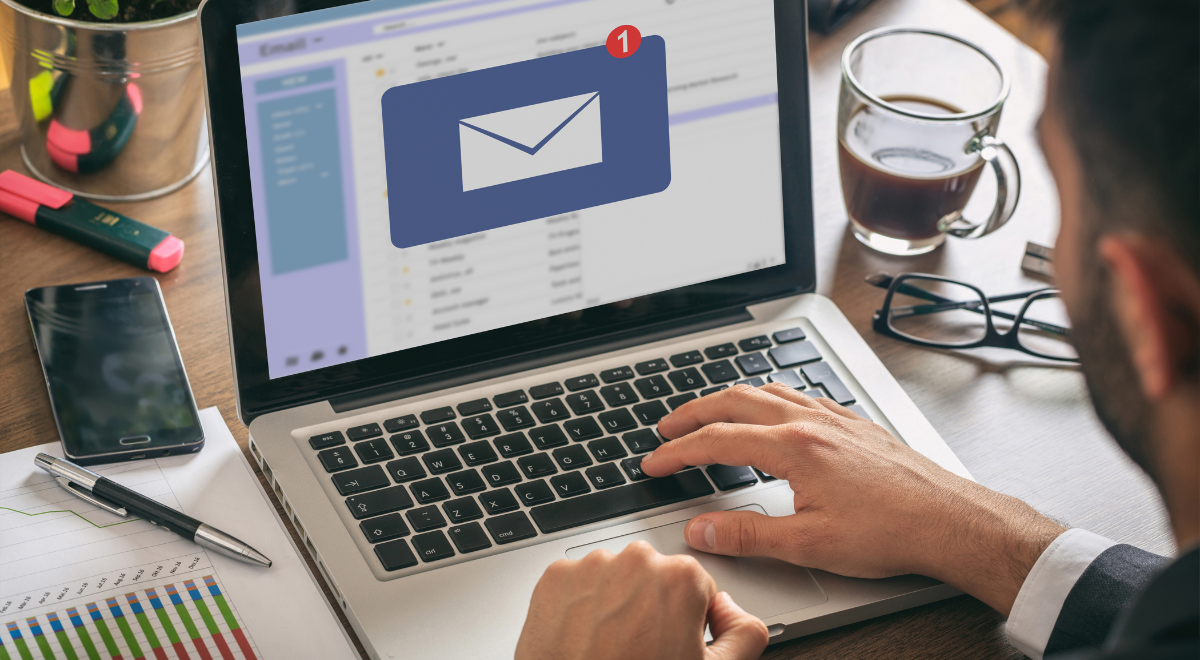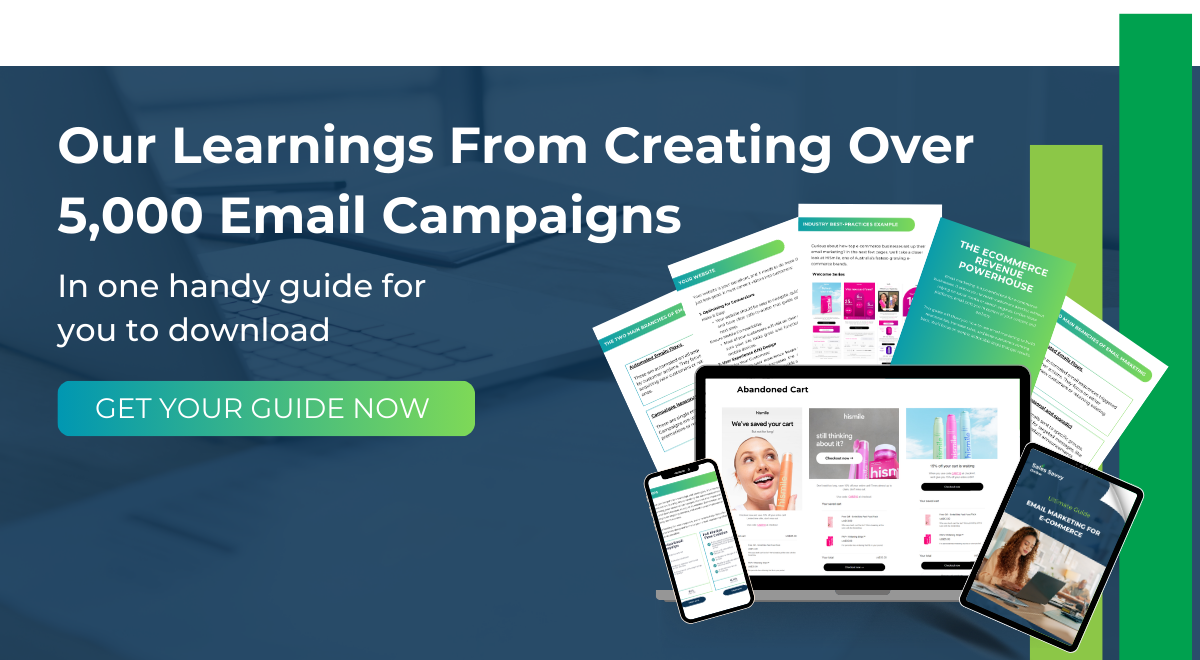If you’re running a new e-commerce business, email marketing should be one of your top priorities. Unlike social media or paid ads, email marketing gives you direct access to your customers without relying on ever-changing algorithms. It’s cost-effective, scalable, and—when done right—highly profitable.
In this guide, we’ll walk you through e-commerce email marketing basics, effective email marketing strategies for new stores, and tips for email list growth for new stores.
The Two Main Types of Email Marketing
Understanding the structure of e-commerce email marketing is essential. There are two primary categories:
1. Automated Email Flows
These emails are triggered by customer actions. They help acquire new customers and retain existing ones with minimal effort on your part. Some of the most crucial flows include:
- Welcome Series – Your first interaction with new subscribers, setting the stage for long-term engagement.
- Abandoned Cart Emails – Reminders that help recover lost sales when a customer leaves items in their cart.
- Browse Abandonment Emails – Sent to shoppers who browsed but didn’t add anything to their cart.
- Win-Back Emails – Designed to re-engage customers who haven’t shopped in a while.
Campaigns (Seasonal & Sporadic)
These are one-time emails sent to a specific segment of your audience, often focused on promotions, new product launches, or seasonal offers. These include:
- Seasonal Promotions – Black Friday, Christmas, Mother’s Day, and other key dates.
- Flash Sales – Short-term discounts that create urgency.
- Product Launches – Announcing new arrivals to your subscribers first.
- Trending or Viral Events – Capitalising on industry trends and social buzz.
Choosing the Right Email Marketing Platform
To run a successful email marketing strategy, you need a platform that is easy to use, integrates with your e-commerce store, and offers automation features. We highly recommend Klaviyo and Yotpo for their robust features and seamless integration with Shopify and WooCommerce.
Klaviyo
- Advanced automation and segmentation tools.
- AI-powered analytics and insights.
- Easy drag-and-drop email builder.
- Deep integration with Shopify, WooCommerce, and other platforms.
Yotpo
- Cost-effective and user-friendly for beginners.
- Strong automation and personalisation capabilities.
- Great deliverability rates and advanced A/B testing.
- Customisable templates for e-commerce businesses.
Both platforms offer great features, so choosing the right one depends on your specific needs and budget. If you’re looking for detailed analytics and segmentation, Klaviyo is an excellent choice. If affordability and ease of use are your priorities, Yorpot is a great alternative.
Essential Email Marketing Strategies for New Stores
Launching an e-commerce store is exciting, but success doesn’t happen overnight. The right email marketing strategies can fast-track your growth. Here are key tactics to implement:
1. Build a Strong Welcome Series
Your welcome emails should introduce your brand and make a great first impression. Follow these best practices:
- Send Immediately – Strike while the interest is high.
- Offer Value – Provide a first-purchase discount or free shipping.
- Include a Clear CTA – Direct them to shop now, follow you on social media, or learn more about your products.
2. Recover Sales with Abandoned Cart Emails
With an average cart abandonment rate of 70%, you need an automated follow-up system to recover lost revenue. Here’s how:
- Timing is Key – Send the first email within an hour, then follow up within 24 hours.
- Use Visual Reminders – Show images of the abandoned products.
- Offer Incentives – Free shipping or a small discount can nudge hesitant buyers.
3. Personalise Your Emails
Generic emails won’t cut it. Instead, leverage customer data to make emails more relevant:
- Use Their Name – Personalised subject lines increase open rates.
- Recommend Products – Based on browsing history or past purchases.
- Send at the Right Time – Use data to determine when your customers are most likely to engage.
4. Create Engaging Seasonal Campaigns
Take advantage of peak shopping periods. Here’s how to maximise impact:
- Plan Ahead – Mark key shopping dates on your calendar.
- Create a Sense of Urgency – Phrases like “Limited Time Only” drive action.
- Highlight Exclusive Offers – Reward subscribers with early access or VIP discounts.
5. Segment Your Audience
Not every subscriber should receive the same email. Segment your list for better results:
- New vs Returning Customers – Send different promotions based on purchase history.
- Geographic Location – Target specific regions with localised offers.
- Engagement Level – Reward loyal customers with exclusive deals.
How to Grow Your Email List (Without Annoying People)
Growing your email list is crucial, but you need to do it the right way. Here are effective, non-intrusive ways to expand your subscriber base:
1. Use Pop-Ups (Strategically!)
Pop-ups can be effective when done correctly. Best practices include:
- Timing – Show the pop-up after a few seconds, not immediately.
- Exit Intent – Trigger it when visitors are about to leave.
- Offer an Incentive – A discount, freebie, or exclusive content.
2. Leverage Social Media
Turn your social followers into email subscribers:
- Promote Exclusive Offers – “Subscribe to get 10% off.”
- Host Giveaways – Require an email sign-up to enter.
- Use Instagram & Facebook Ads – Run targeted campaigns to drive sign-ups.
3. Optimise Checkout Sign-Ups
Make it easy for buyers to opt into your list at checkout. Ensure:
- The checkbox is visible and pre-checked (where allowed).
- You reassure them about no spam, just value-packed emails.
4. Run Referral Programs
Encourage word-of-mouth growth by offering:
- Discounts for every successful referral.
- Bonus points in a loyalty program.
5. Use Content Marketing
Create valuable content that requires an email sign-up to access, such as:
- Free eBooks or guides.
- Exclusive video tutorials.
- Members-only discounts.
Conclusion
If you’re serious about growing your e-commerce business, email marketing is non-negotiable. It’s one of the most powerful, cost-effective tools for customer retention and long-term success.
By implementing the right automated email flows, running engaging seasonal campaigns, and focusing on email list growth for new stores, you’ll build a loyal customer base and boost your revenue. Start small, track what works, and scale up as you go.


